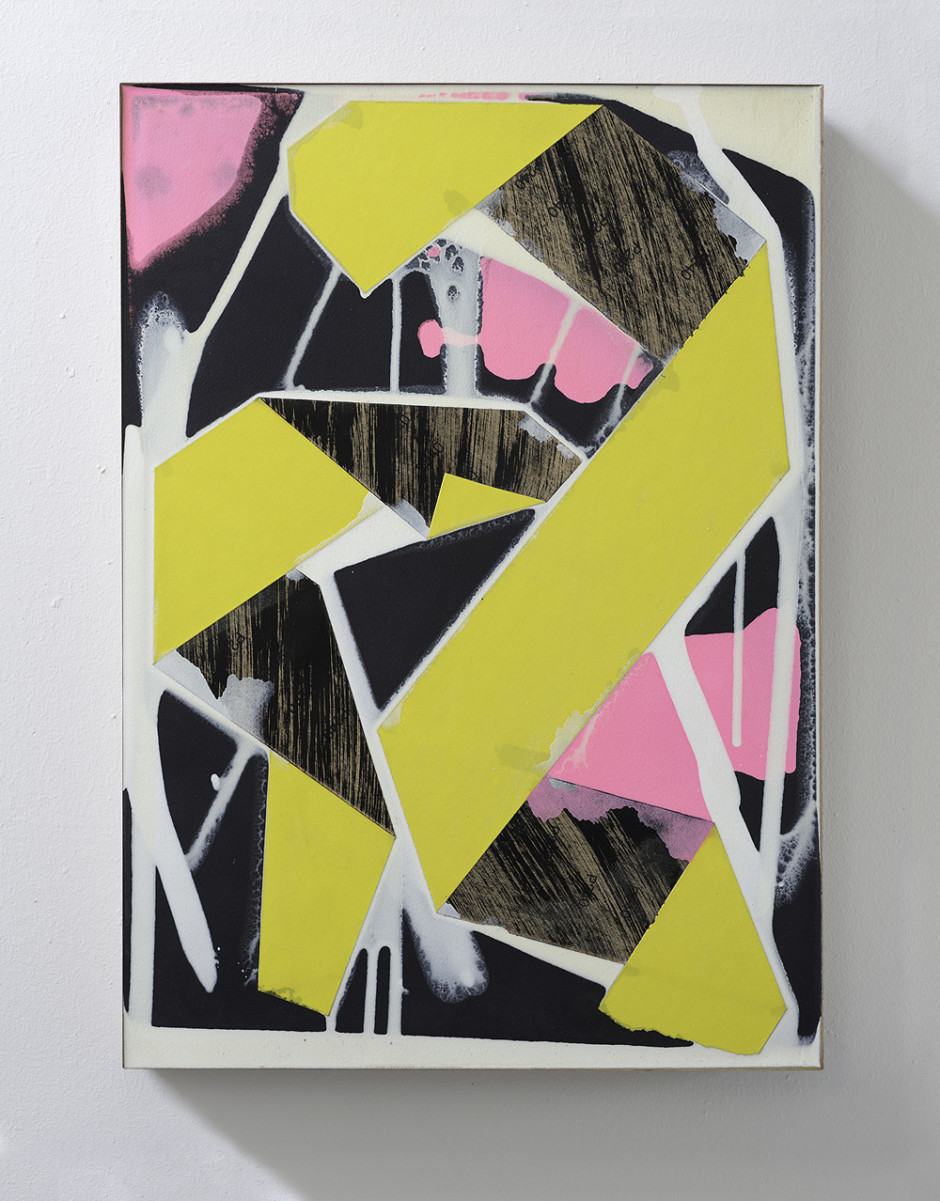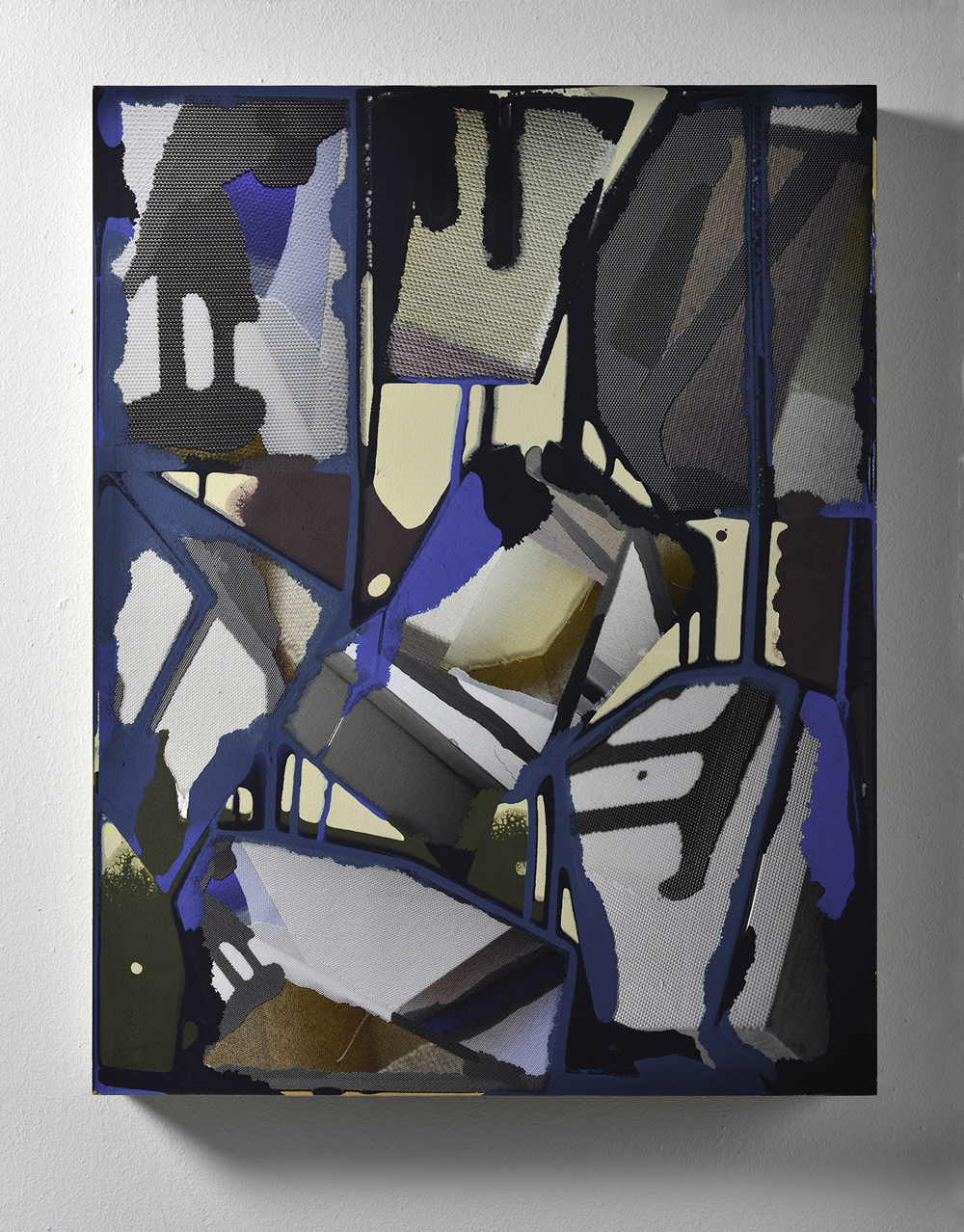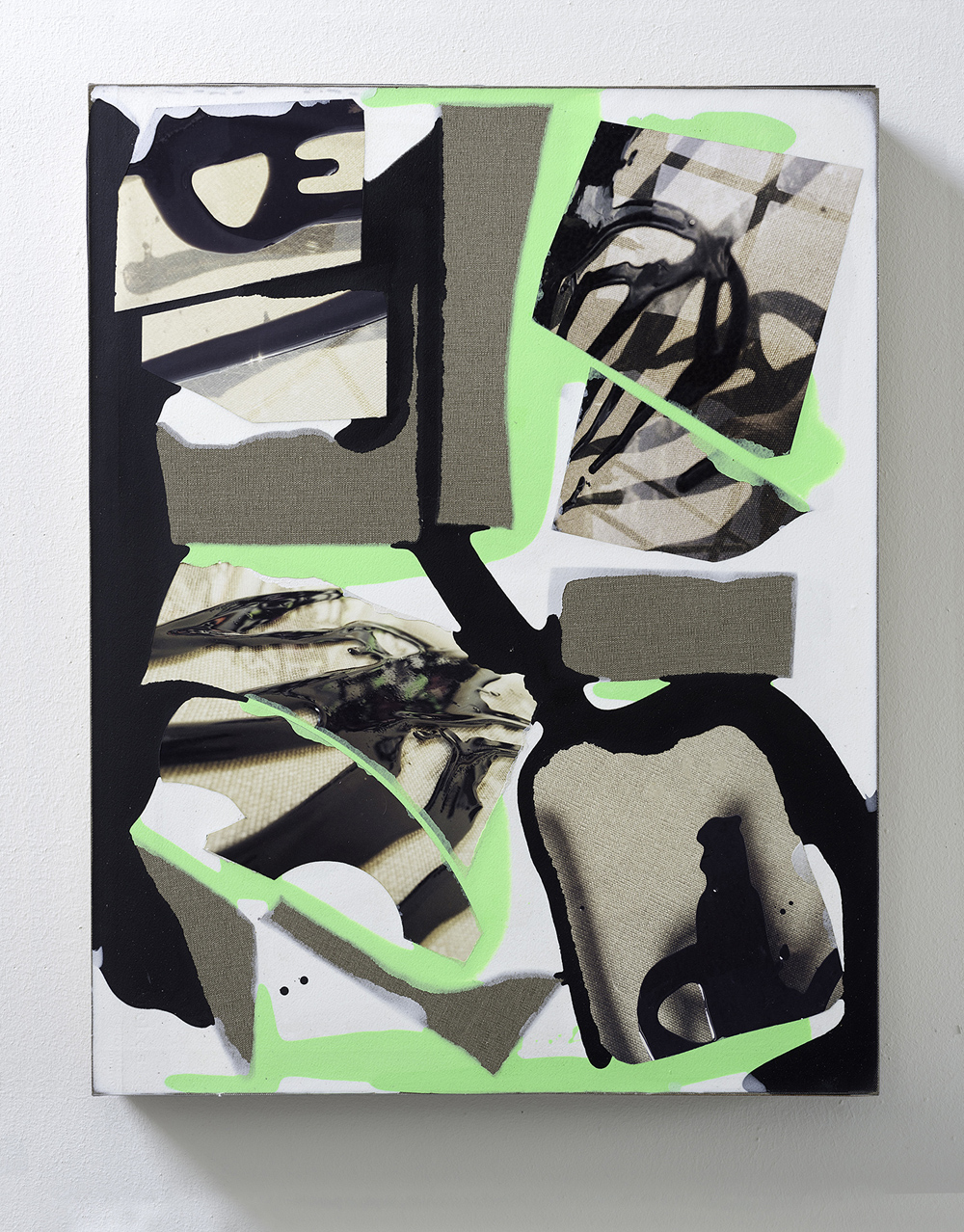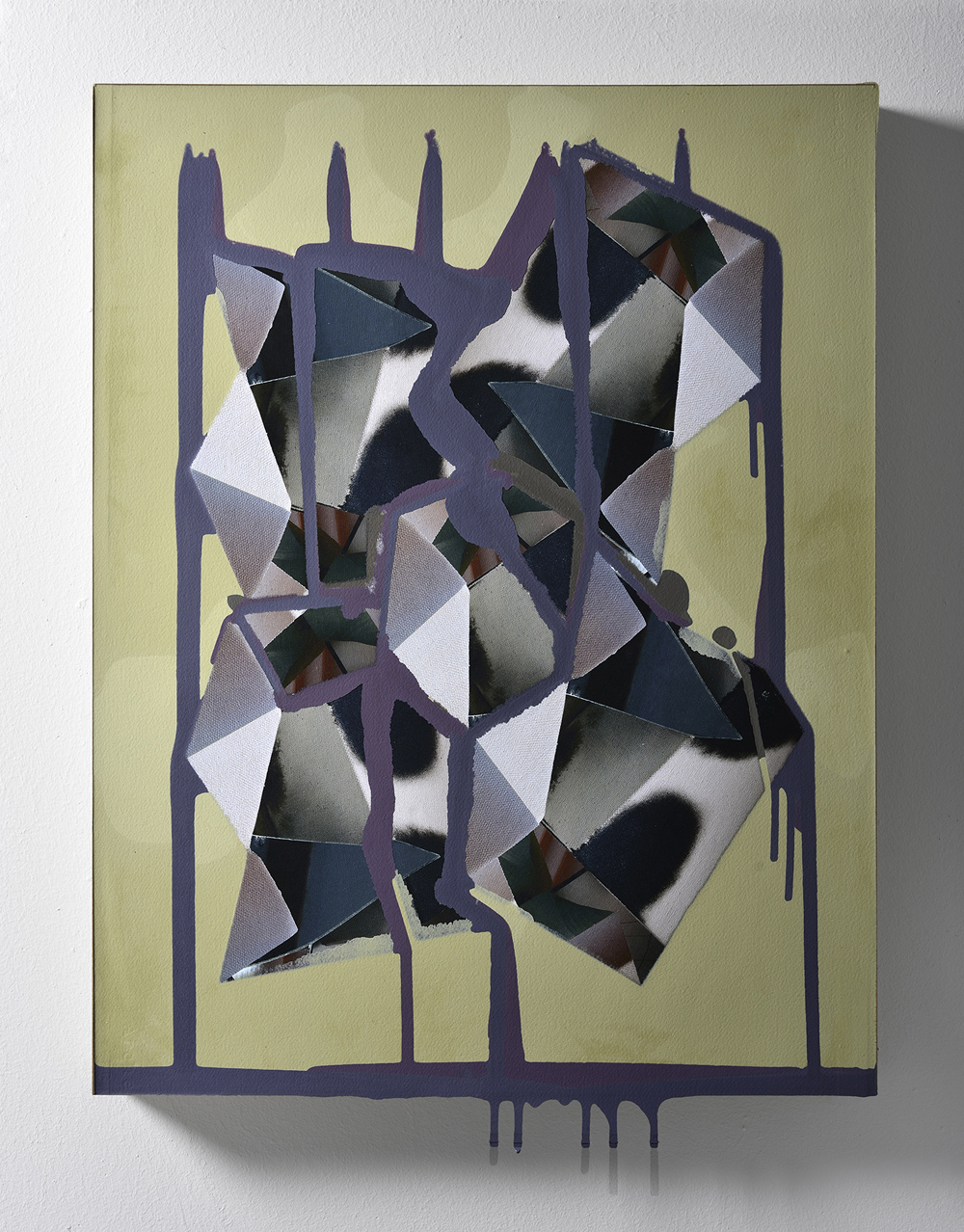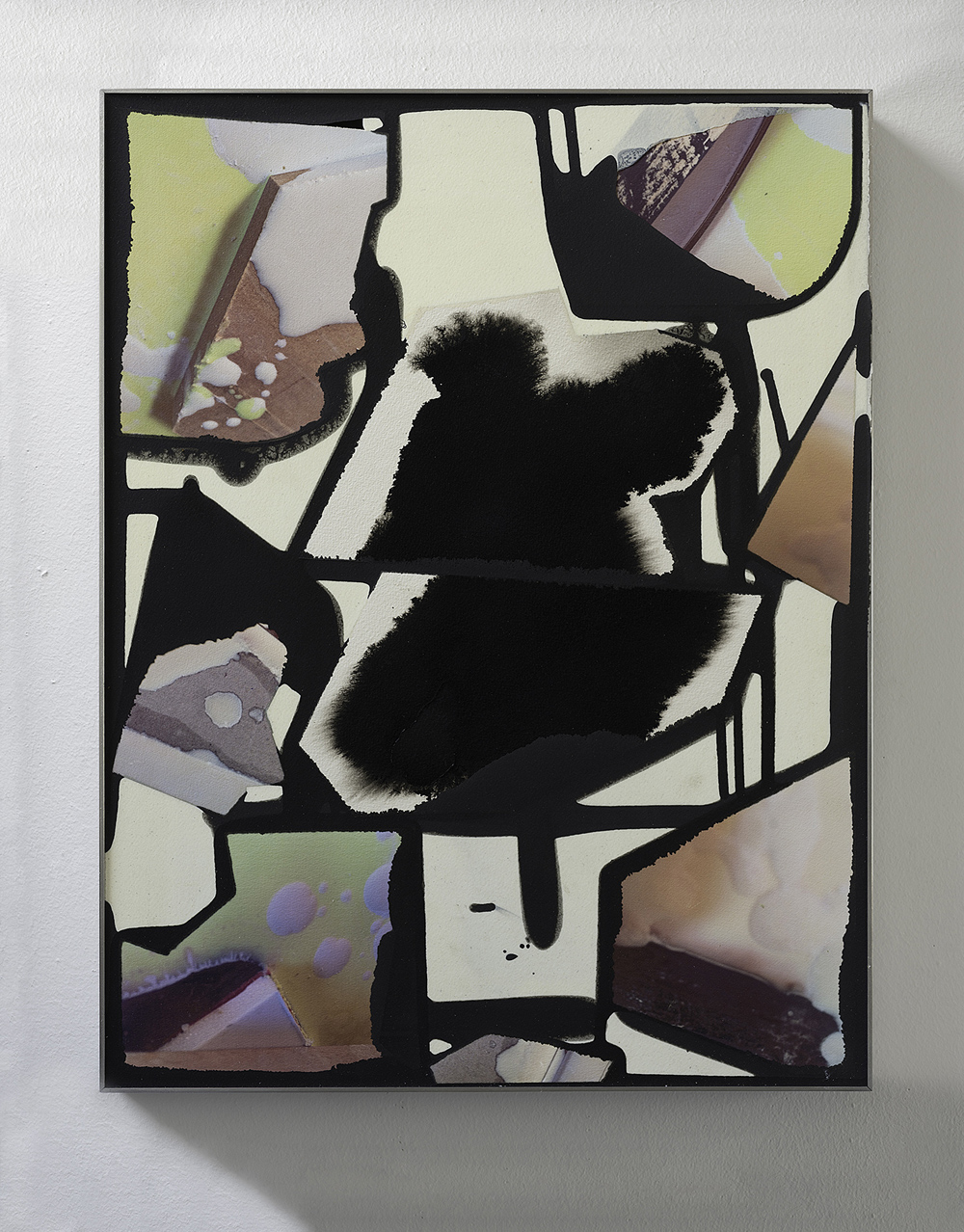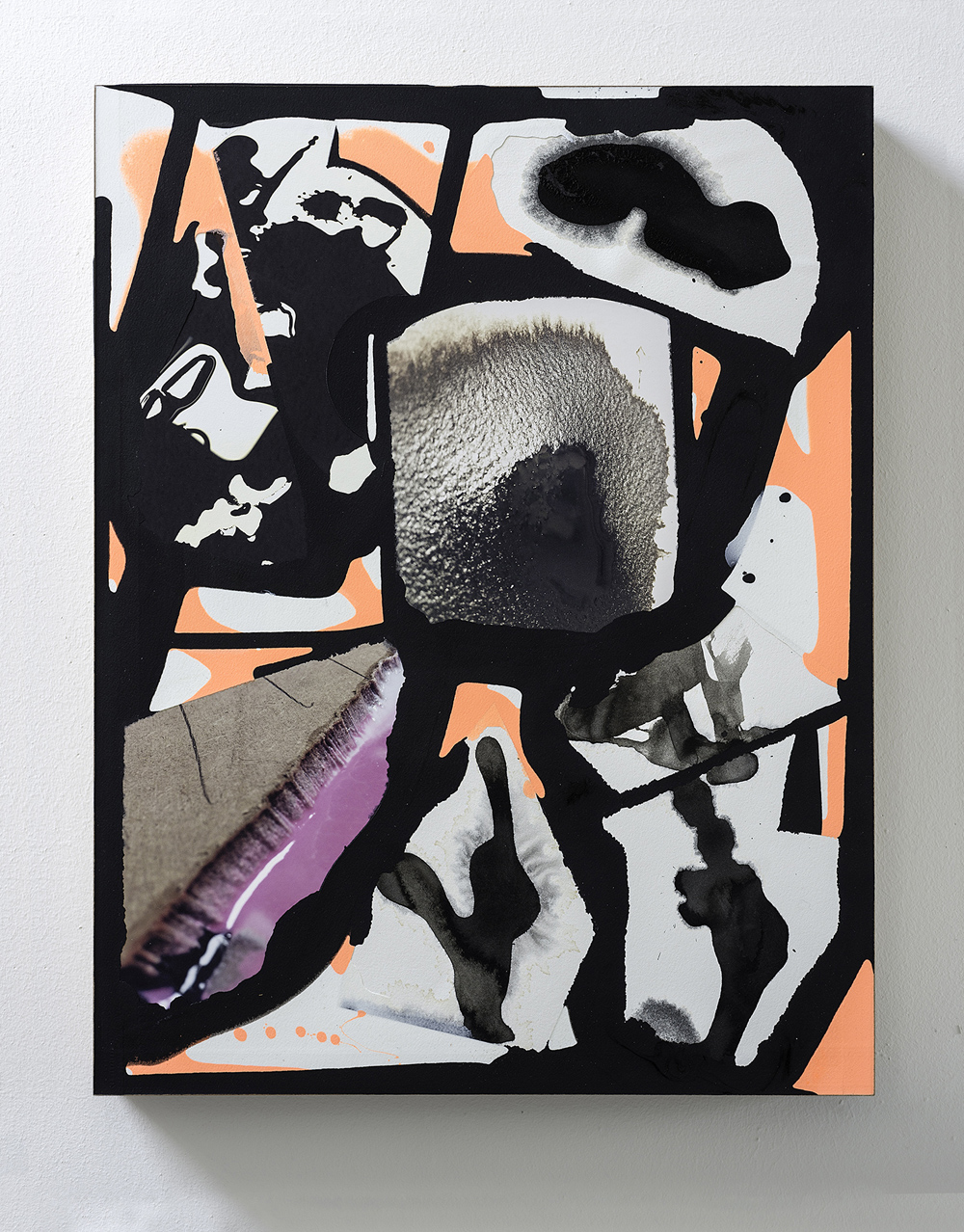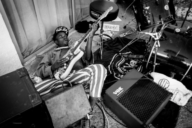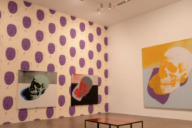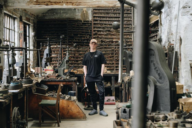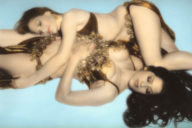JIM CHEATLE: THE FRAGMENTATION SERIES
Entering Jim Cheatle’s East London studio for the first time, one might easily mistake it for a laboratory of some kind, a workshop belonging to an inventor, an engineer or magician’s cabinet maker. It’s not simply an illusion, either, for the racks, shelves, cupboards and drawers of sometimes familiar, sometimes harder-to-identify objects and materials constitute a trail of evidence leading to Cheatle’s complex, multi-dimensional abstract paintings. Even his easel seems to take the form of some kind of printing press or machine, a horizontal structure in the middle of the busy room, half obscured by clamps and boards as if to hide the secrets of the work beneath, a handful of clues pinned to the walls.
And the works are secretive in a sense, though cryptic is perhaps a more accurate word, for even the most astute critic or connoisseur would be forgiven for not really understanding exactly what it is that they are looking at when confronted by one of Cheatle’s works for the first time. The surfaces are curious – really curious. There are different textures and materials absorbing or reflecting light to varying degrees, but unlike a conventional handmade (as opposed to digital) collage, the surface seems unified and flat, and the differences in materials are intentionally discreet rather than overt, as if partly submerged within a coherent, overall image.
There are just the slightest of ridges where some passages meet others, but even the logic of these does not add up in a way that the eye and mind can easily fathom. In some instances, at a seam where one might reasonably expect a ridge to be, there is none. And vice versa. It is virtually impossible to decipher what might be overlapping what, why colours bleed in some places but not others, and how some sections appear to actively interact or enter into physical dialogues at the expense of others. The surface is a mystery, an enigma. It is like a cryptic crossword, requiring detective work to try to piece together how each work has been created and to comprehend how it functions as both an image and a painting.
The mechanics of precisely how Cheatle has managed to create a painterly collage of eclectic materials embedded within a unified, flat surface are worthy of a text in their own right (and it’s conceivable that his method is a genuine innovation in art), but suffice it to say that Cheatle’s process is a complicated one involving moulds, wooden blocks, resin and pigments, not to mention using his studio in gymnastic ways. Behind the surface of each work, within quite a deep armature, is a surprising, almost sculptural three-dimensional rig, like backstage at a theatre, with lots of activity going on out of sight in the service of the performance out front. But it is the resulting visual language, the ensuing semiotics and aesthetics of the surfaces of the works that clamour for the viewer’s attention, for they are as critically ingenious as the means by which they are created.
There is a polyphony of mark-making within each work and across the whole series, ranging from inks pooling and diffusing freely to bold, graphic geometric shapes that are almost, but not quite fully opaque; there are smudges and smears, scratches, drips, washes and imprints, shadows and reflections. But what’s unusual is that there are passages that look like these marks and qualities but are actually images of them. For some passages are self-consciously blurred, or have another light source internal to themselves that makes clear that photographic and print processes have also been involved somewhere down the line.
As if it wasn’t already complicated enough to decipher and to describe, Cheatle has literally added a whole other dimension to the work by photographing abstract sections of his works, printing them and then incorporating these reproductions in subsequent works, like wormholes in time and space, or simulacra hiding in plain sight amidst originals. Indeed, the works are highly self-reflexive, generating content from within themselves for the next work, like some strange, organic abstract reproductive system.
The upshot is that there are sections that are flat and actual size, sections that are close-ups where we zoom in on a material or vignette, and other passages where we are looking at three-dimensional forms from an oblique angle with no sense of scale to guide us. It is even difficult to ascertain what kind of materials we are looking at in many cases – while there are sections that look distinctly like MDF, paper or canvas, there are others that slip beyond definition, into pure colour or unidentifiable texture – some matte, some gloss, others seemingly embossed. The eye and the mind can easily become overwhelmed when trying to come to terms with the myriad modalities that Cheatle has created within his picture plane, like an abstract hall of mirrors.
This latest body of work, which continues Cheatle’s long-standing interest in mark-making, processes of reproduction and simulation, and the interface between the real and the digital, makes a provocative and stimulating contribution to the practice and discourse of abstraction today. It is thoroughly postmodern (in a good way), and is completely disorienting (again, in a good way). Cheatle takes the ground from beneath the viewer’s feet, destabilising our traditional categories of medium and iconography (I’d love to know what Panofsky would have made of these works), and creates something that one would normally imagine only to be possible digitally, here presented live and direct as a ‘real’, tactile, physical object – it might, on-screen or on first glance, look like a Photoshop collage, but it is a real painting, running rife with materials and processes. In an era of image overload, our usual speedy perception and cognition are forced to stop in their tracks and made to work that bit harder to get to the bottom of all this. Visual modes and materials are fused seamlessly, artifice and artefact united in a harmonious riot of shards of colour, pattern, shape, image and texture, all cleverly – and quite beautifully – orchestrated by the artist without even letting on if a brush has actually been used (or harmed) during the making of any of the works. They are paintings without a painter, abstract works made up of other abstractions in an ongoing, partly self-generating feedback loop. With this body of work Cheatle has succeeded in making abstract paintings that are highly relevant in a digital world.
Matt Price
Images from top:
Jim Cheatle. Fragmentation No.22, 2015, Fragmentation series. Resin, pigments, sandpaper roll, Indian ink, MDF, 700 x 545 x 65 mm. Courtesy of the artist.
Jim Cheatle. Fragmentation No.34, 2015, Fragmentation series. Resin, pigments, paper, inkjet prints, MDF, 700 x 545 x 65 mm. Courtesy of the artist.
Jim Cheatle. Fragmentation No.17, 2015, Fragmentation series, Resin, pigments, canvas, paper, Indian ink, inkjet prints, MDF , 700 x 545 x 65 mm. Courtesy of the artist.
Jim Cheatle. Fragmentation No.36, 2016, Fragmentation series. Resin, pigments, inkjet prints, MDF, 700 x 545 x 65 mm. Courtesy of the artist.
Jim Cheatle. Fragmentation No.6, 2014, Fragmentation series. Resin, pigments, paper, Indian ink, inkjet prints, MDF, polished aluminium, 610 x 455 x 40 mm. Courtesy of the artist.
Jim Cheatle. Fragmentation No.13, 2015, Fragmentation series. Resin, pigments, paper, Indian ink, inkjet prints, MDF, 700 x 545 x 65 mm. Courtesy of the artist.

